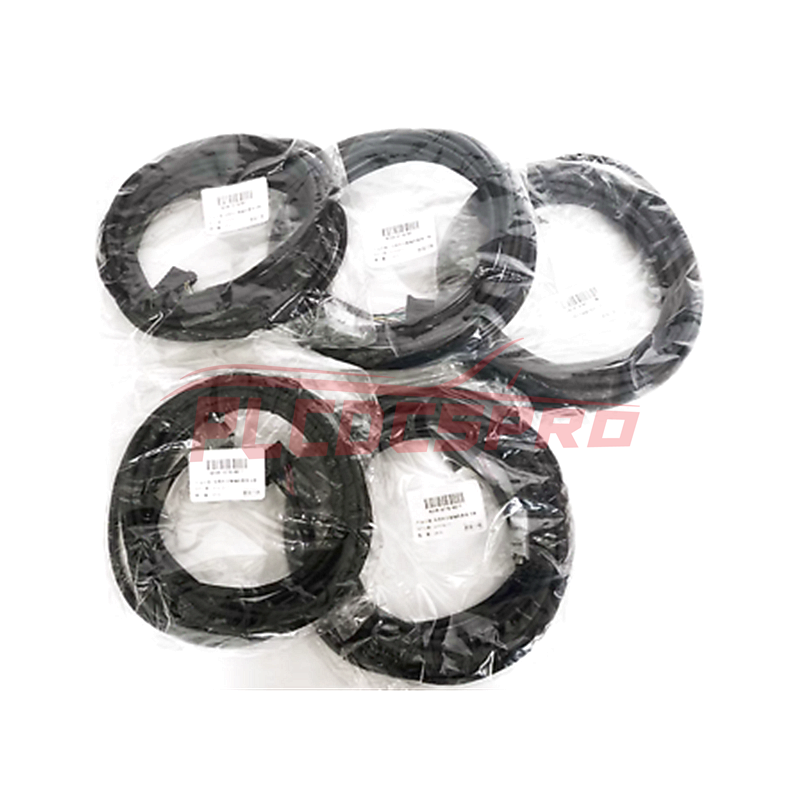Understanding Ethernet Cable Lengths and Their Impact on Network Performance

Ethernet Cable Types and Their Maximum Distances
Ethernet networks use different types of cables, each designed to support specific data speeds and cover certain distances. Here is a breakdown of the most common cable categories and their capabilities:
Ethernet Cable Categories (CAT)
-
CAT-1: Outdated, used for analog voice communication.
-
CAT-2: Used for speeds up to 4 Mbps.
-
CAT-3: Supports speeds up to 10 Mbps.
-
CAT-4: Extends CAT-3, speeds up to 16 Mbps.
-
CAT-5: Supports speeds up to 100 Mbps.
-
CAT-6: Supports up to 1 Gbps, enhanced shielding for reduced interference.
-
CAT-7: Similar to CAT-6 but with greater bandwidth.
-
CAT-8: Supports speeds up to 40 Gbps, used for high-speed applications.
Types of Optical Fiber Cables
-
100 Base FX: Fast Ethernet at 100 Mbps, short-range (up to 2 km).
-
1000 Base SX: Gigabit Ethernet at 1000 Mbps, short-range (up to 275 m).
-
1000 Base LX: Gigabit Ethernet at 1000 Mbps, long-range (up to 10 km).
-
1000 Base BX: Gigabit Ethernet at 1000 Mbps, bidirectional (up to 40 km).
-
1000 Base EX: Gigabit Ethernet at 1000 Mbps, extended range (up to 40 km).
-
1000 Base ZX: Gigabit Ethernet at 1000 Mbps, very long-range (up to 80 km).
Single-Mode vs. Multi-Mode Fiber
-
Single-Mode Fiber: Smaller core size, ideal for long-distance, high-speed communication with minimal interference.
-
Multi-Mode Fiber: Larger core size, suitable for shorter distances, more affordable but prone to higher interference.
Ethernet Cable Lengths
The maximum distance an Ethernet cable can effectively cover depends on the type of cable used:
-
CAT cables (CAT-1 to CAT-8): Maximum distance of 100 meters.
-
100 Base FX: Up to 2 kilometers (using optical fiber).
-
1000 Base SX: Up to 275 meters (typically multi-mode fiber).
-
1000 Base LX: Up to 10 kilometers (single or multi-mode fiber).
-
1000 Base EX: Up to 40 kilometers (single-mode fiber).
-
1000 Base ZX: Up to 80 kilometers (single-mode fiber).
Considerations for Cable Length
-
Shielding: Proper shielding reduces external interference, allowing cables to cover longer distances.
-
Temperature: High temperatures can reduce data transmission quality, so shorter cables are recommended in hot environments.
-
Repeaters and Extenders: These devices can be used to extend the range of standard CAT cables, though optical fiber provides the best performance for long distances.
-
Network Switches: While network switches increase device connectivity, they do not extend the physical cable length.
Conclusion
Understanding the different Ethernet cable types and their maximum lengths is essential for designing efficient networks. CAT cables are suitable for short to medium distances, while optical fiber cables offer longer reach with higher speeds, making them ideal for expansive networks. Proper planning of cable type and length ensures optimal performance and prevents network issues like data loss and latency.

























